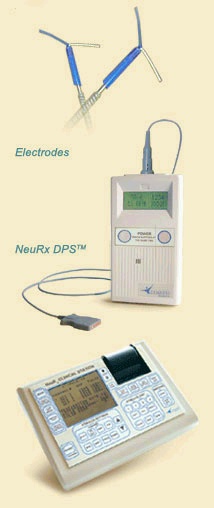
Called the NeuRx Diaphragm Pacing System, the device, which will be implanted by physicians at UT Southwestern Medical Center, has been designed to give patients more freedom and to help slow respiratory decline.
The patients who have diseases or injuries that affect breathing muscles, such as the diaphragm, are more prone to lung infections because of their weakened ability to inhale and exhale sufficiently, said Dr Michael DiMaio, associate professor of cardiovascular and thoracic surgery at UT Southwestern.
“Patients who have high-level spinal-cord injuries are unable to breathe efficiently because the nerve signals no longer function,” said DiMaio.
The diaphragm separates the abdomen and chest cavity and contributes to 80% of respiration.
Nerve signals from the brain tell it when to expand and contract. When it expands, pressure inside the chest is reduced and air rushes into the lungs. When the diaphragm relaxes, the lungs and chest wall push air out.
People with spinal-cord injuries that interfere with breathing are typically placed on external mechanical ventilators that support breathing through positive pressure via a tube placed directly into the airway through the front of the throat.
The NeuRX system, manufactured by Ohio-based Synapse Biomedical, includes four electrodes that are implanted directly into the diaphragm.
Electrical signals from an external control device induce impulses from the phrenic nerve, which runs from the spine to the diaphragm.
Once those signals reach the electrodes in the diaphragm, the muscle is stimulated to expand and contract.
This action more closely simulates normal breathing than external ventilators.
“This device has some advantages over traditional ventilators. Patients have more mobility because they don’t have an external ventilator to carry around, and the surgery to implant the device is less invasive than previous treatments,” said DiMaio.
Researchers said they hope the new device can improve quality of life and decrease incidents of infections that can affect patients who are on external ventilators.
Dr Jose Viroslav said another major advantage with the NeuRX device is that it helps with speech.
“Patients on diaphragmatic pacers have more of a normal ventilation, and their vocal cords are not bypassed therefore they can talk. Breathing with the diaphragm is normal, and if you can do it with implantable electrodes, you are closer to breathing normally with the advantages of speech, less infection, and more mobility,” he said.